Introduction
Date porridge, a delightful and nutritious dish, combines the sweet, caramel-like flavor of dates with the comforting texture of cooked grains. This dish is not only a culinary delight but also a source of various health benefits, thanks to the nutritional richness of its primary ingredient: dates. Dates, particularly the variety known as Medjools, are abundant in dietary fiber, vitamins, minerals, and antioxidants, making them an excellent addition to any diet.
In this comprehensive guide, we will explore the art of making date porridge, from selecting the perfect dates to mastering the cooking process. We’ll delve into the various types of grains you can use, the best cooking techniques, and even some creative variations to keep your date porridge exciting and flavorful. Whether you’re a seasoned chef or a kitchen novice, this guide will provide you with the knowledge and inspiration to create a bowl of date porridge that’s both satisfying and nutritious.
Chapter 1: Understanding the Ingredients
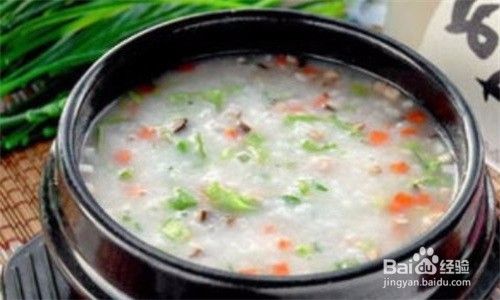
1 Types of Dates
Dates are the sweet, fleshy fruits of the date palm tree, which grows predominantly in warm, arid climates like the Middle East and North Africa. There are numerous varieties of dates, each with its unique flavor, texture, and moisture content. For making date porridge, Medjools are often considered the best choice due to their large size, soft texture, and rich, sweet flavor. However, other varieties such as Deglet Noor, Barhee, and Khalas can also be used, though they may require slight adjustments in cooking time and sweetness.
2 Choosing the Right Grain
The base of your date porridge can be made from a variety of grains, each offering its own unique texture and nutritional profile. Here are some popular choices:
- Oats: Quick-cooking or rolled oats provide a creamy texture and are rich in dietary fiber.
- Rice: Brown rice adds a nutty flavor and is a good source of complex carbohydrates.
- Quinoa: This ancient grain is high in protein and contains all nine essential amino acids.
- Barley: Pearl barley offers a chewy texture and is rich in soluble fiber.
- Millet: A gluten-free option that’s light and fluffy when cooked.
3 Additional Ingredients
While dates and grains form the foundation of your porridge, there are several optional ingredients that can enhance its flavor and nutritional value. Consider adding:
- Milk or Plant-Based Milk: Cow’s milk, almond milk, oat milk, or soy milk can add creaminess and richness.
- Spices and Herbs: Cinnamon, nutmeg, ginger, or a pinch of salt can elevate the dish’s flavor profile.
- Nuts and Seeds: Chopped nuts or seeds like almonds, walnuts, chia seeds, or flaxseeds can add texture and protein.
- Dried Fruits: Raisins, cranberries, or apricots can provide bursts of sweetness and additional nutrients.
- Fresh Fruits: A handful of berries, sliced bananas, or apples can add freshness and a touch of tartness.
Chapter 2: Preparing the Ingredients
1 Pitting and Chopping the Dates
Before adding the dates to your porridge, you’ll need to remove the pits and chop them into smaller pieces. This not only makes it easier for the dates to blend into the porridge but also ensures that their sweet flavor is evenly distributed.
- Pitting: Use a small, sharp knife to make a lengthwise slit in the date and carefully remove the pit.
- Chopping: Once pitted, chop the dates into bite-sized pieces or smaller, depending on your preference.
2 Soaking the Grains (Optional)
While soaking grains is not always necessary, it can缩短 cooking time and improve the texture of your porridge. For grains like brown rice, barley, or quinoa, soak them in water for several hours or overnight. Drain and rinse the grains before cooking.
Chapter 3: Cooking Techniques
1 Stovetop Method
The stovetop method is a straightforward way to make date porridge. Here’s a step-by-step guide:
- Combine Ingredients: In a medium saucepan, combine the chosen grain, chopped dates, and enough milk or water to cover the grains by about an inch.
- Season: Add any desired spices or herbs, such as cinnamon and nutmeg.
- Cook: Bring the mixture to a boil over medium-high heat, then reduce the heat to low, cover, and simmer until the grains are tender and the liquid is absorbed, stirring occasionally to prevent sticking.
- Adjust Consistency: If the porridge is too thick, add a little more milk or water. If it’s too thin, cook for a few more minutes uncovered to allow excess liquid to evaporate.
- Taste and Adjust: Taste the porridge and add any additional sweeteners or seasonings if needed.
2 Slow Cooker Method
For a hands-off approach, try making date porridge in a slow cooker. Here’s how:
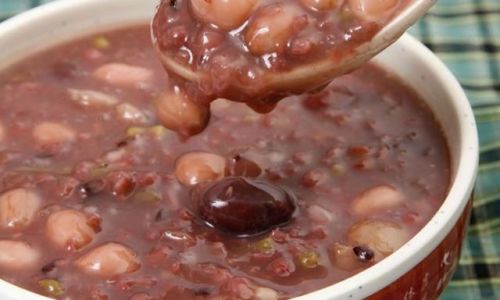
- Combine Ingredients: In the slow cooker, combine the grain, chopped dates, milk or water, and spices.
- Cook: Cover and cook on low for 6-8 hours, or until the grains are tender and the liquid is absorbed.
- Stir and Adjust: Stir the porridge well before serving, and adjust the consistency and seasoning as needed.
3 Instant Pot Method
If you have an Instant Pot, you can make date porridge in a fraction of the time. Here’s a quick recipe:
- Combine Ingredients: In the Instant Pot, combine the grain, chopped dates, milk or water, and spices.
- Pressure Cook: Secure the lid, set the Instant Pot to Manual or Pressure Cook mode, and cook on high pressure for the time recommended for the specific grain you’re using (e.g., 12 minutes for brown rice, 5 minutes for quinoa).
- Natural Release: Allow the pressure to release naturally for 10 minutes, then quick-release any remaining pressure.
- Stir and Adjust: Stir the porridge well, adjust the consistency and seasoning, and serve.
Chapter 4: Creative Variations
1 Sweet and Savory Combinations
Date porridge is traditionally sweet, but you can also experiment with savory variations. Try adding savory spices like cumin, turmeric, or smoked paprika, along with vegetables like spinach, carrots, or bell peppers. For a protein boost, incorporate cooked chickpeas or lentils.
2 Toppings Galore
Elevate your date porridge with a variety of toppings. Here are some ideas:
- Nut Butter: A drizzle of almond butter, peanut butter, or sunflower seed butter can add creaminess and protein.
- Yogurt or Kefir: A dollop of plain or flavored yogurt or kefir can add tanginess and probiotics.
- Fresh Herbs: A sprinkle of fresh cilantro, parsley, or mint can brighten up the dish.
- Granola: A handful of crunchy granola can add texture and a touch of crunch.
- Chia Pudding: A layer of chia pudding on top can create a delightful contrast in texture and flavor.
3 International Flavors
Incorporate international flavors into your date porridge for a global culinary experience. For example:
- Moroccan-Inspired: Add a teaspoon of ras el hanout, a blend of Moroccan spices, along with a handful of chopped apricots and a drizzle of honey.
- Indian-Spiced: Incorporate garam masala, a blend of Indian spices, along with coconut milk and chopped cashews.
- Mexican-Flavored: Add a pinch of chili powder, cumin, and a handful of chopped cilantro, along with a squeeze of lime juice.
Chapter 5: Health Benefits and Nutritional Considerations
1 Nutritional Breakdown
Date porridge is a nutritious dish that offers a range of health benefits. Here’s a breakdown of its nutritional profile:
- Dates: High in natural sugars, dietary fiber, vitamins A and K, and minerals like potassium and magnesium.
- Grains: Provide complex carbohydrates, dietary fiber, B vitamins, and minerals like iron and zinc.
- Milk or Plant-Based Milk: Adds calcium, vitamin D, and protein (depending on the type).
- Spices and Herbs: Often rich in antioxidants and anti-inflammatory compounds.
- Nuts and Seeds: Provide healthy fats, protein, fiber, and essential nutrients like vitamin E and selenium.
2 Dietary Considerations
While date porridge is generally a healthy dish, there are a few dietary considerations to keep in mind:
- Sugar Content: Dates are high in natural sugars, so those with diabetes or blood sugar management issues should consume them in moderation.
- Gluten-Free Options: Ensure that the grains and any additional ingredients
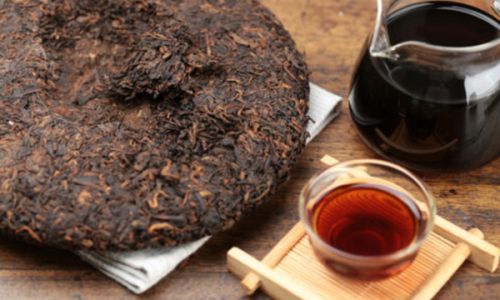
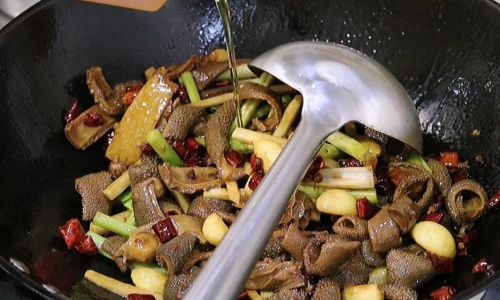

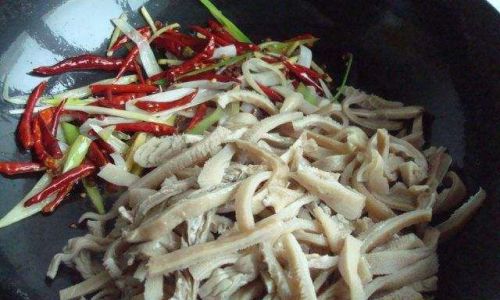
0 comments